Environmental degradation is one of the most urgent challenges of our time. Factors such as climate change, pollution, urban sprawl, deforestation, and invasive species have disrupted ecosystems around the globe, resulting in habitat loss, declining biodiversity, and soil and water contamination. However, there is hope. Native plants play a key role in restoring ecosystems, providing a natural and sustainable solution to environmental degradation. This article examines the causes of environmental degradation, the significance of native plants in restoration efforts, and practical steps to aid in ecosystem recovery.
Causes of Environmental Degradation
1. Invasive Species
Non-native plants and animals can disrupt local ecosystems by outcompeting native species for resources. Invasive plants often outcompete their native counterparts, allowing them to spread quickly and replace the local flora. This disruption disturbs the delicate balance of ecosystems, leading to a decline in biodiversity and the loss of critical habitats for wildlife.
2. Pollution
Pollution from industrial activities, agricultural runoff, and urban development contaminates soil, water, and air. Chemicals, heavy metals, and plastics negatively affect plants, animals, and humans, while greenhouse gas emissions contribute to climate change, further worsening environmental degradation.
3. Climate Change
Rising temperatures, changing weather patterns, and extreme weather events disrupt ecosystems. Plants and animals adapted to specific climates face challenges in survival as their habitats are altered or destroyed. Climate change also affects plant hardiness zones, making it increasingly difficult for some species to thrive.
4. Habitat Destruction
Urbanization, deforestation, and agricultural expansion have resulted in the loss of millions of acres of natural habitats. Wetlands, forests, and grasslands are frequently converted for human use, disrupting ecosystems and displacing wildlife.
The Role of Native Plants in Ecosystem Restoration
Native plants are essential for restoring ecosystems because they have evolved to thrive in specific regions and support local wildlife. Here are five key ways native plants contribute to environmental restoration:
1. Natural Water Filtration
Native plants, especially those used in rain gardens and bioswales, help filter pollutants from stormwater runoff. Their deep root systems reduce erosion and prevent chemicals, oils, and fertilizers from entering local waterways, improving water quality and protecting aquatic ecosystems.
2. Support for Pollinators
Native plants and pollinators have evolved together, forming interdependent relationships. Pollinators like bees, butterflies, and birds rely on native plants for shelter as well as nectar and pollen for food. By planting native species, we can help reverse the decline in pollinator populations, which is essential for the reproduction of 87% of flowering plants.
3. Wildlife Habitat Restoration
Native plants provide food, shelter, and breeding grounds for local wildlife. Birds, mammals, and insects depend on native species for their survival. For example, oak trees support more life forms than any other tree genus in North America. They offer habitats for hundreds of species, including birds and squirrels, along with abundant protein-rich insects and caterpillars that serve as vital food for songbirds and their young.
4. Soil Stabilization and Carbon Sequestration
Native plants have deep root systems that stabilize soil, prevent erosion, and enhance soil health. They also sequester carbon dioxide from the atmosphere, contributing to climate change mitigation. Because of their adaptability, resilience, and deep roots, native plants are more effective at carbon storage than non-native species.
5. Resistance to Pests and Diseases
Native plants are naturally resistant to local pests and diseases, reducing the need for chemical pesticides and fertilizers. This makes them a cost-effective and environmentally friendly choice for restoration projects.
How to Contribute to Ecosystem Restoration
1. Plant Native Species
Begin by incorporating native plants into your landscaping projects. Whether you’re planting a single oak tree or executing a large-scale conservation remediation project, every effort makes a difference. Serviceberry, oaks, and buttonbush are just a few of the excellent native species suited for Midwest landscapes.
2. Remove Invasive Species
Identify and remove invasive plants from your property. Replace them with native alternatives that support local ecosystems. Eastern wahoo, American plum, sumacs, and spicebush are great native substitutes for invasive species.
3. Use Natural Fertilizers and Pest Control
Avoid chemical fertilizers and pesticides that can harm the environment. Instead, opt for natural alternatives such as compost, horticultural soaps, and insecticidal sprays.
4. Support Wetland and Habitat Restoration
Participate in or support local restoration projects focusing on wetlands, forests, and grasslands. These efforts help rebuild critical habitats and improve biodiversity.
5. Incorporate Food Crops
Growing food with native edible plants encourages sustainability and supports biodiversity. In urban forestry projects, these plants can be used in urban orchards to nourish nearby residents. Native species such as elderberry, serviceberry, pawpaw, and black chokeberry are both visually appealing and productive.
Forrest Keeling: A Leader in Native Plant Restoration
For over 75 years, Forrest Keeling Nursery has been at the forefront of native plant production and ecosystem restoration. Their patented 12-step RPM (Root Production Method®) guarantees that plants are healthier, grow faster, and possess unmatched survivability, making them ideal for restoration projects. With hundreds of native species available, including trees, shrubs, perennials, and grasses, Forrest Keeling offers the resources necessary to restore ecosystems one tree at a time.
Conclusion
Environmental degradation is a complex issue, but the solution starts with native plants. By planting native species, removing invasive ones, and supporting restoration initiatives, we can rebuild ecosystems, protect biodiversity, and create a healthier planet for future generations. Together, we can restore the earth’s ecosystems, one tree at a time.
Forrest Keeling Nursery… where the best natives begin!
